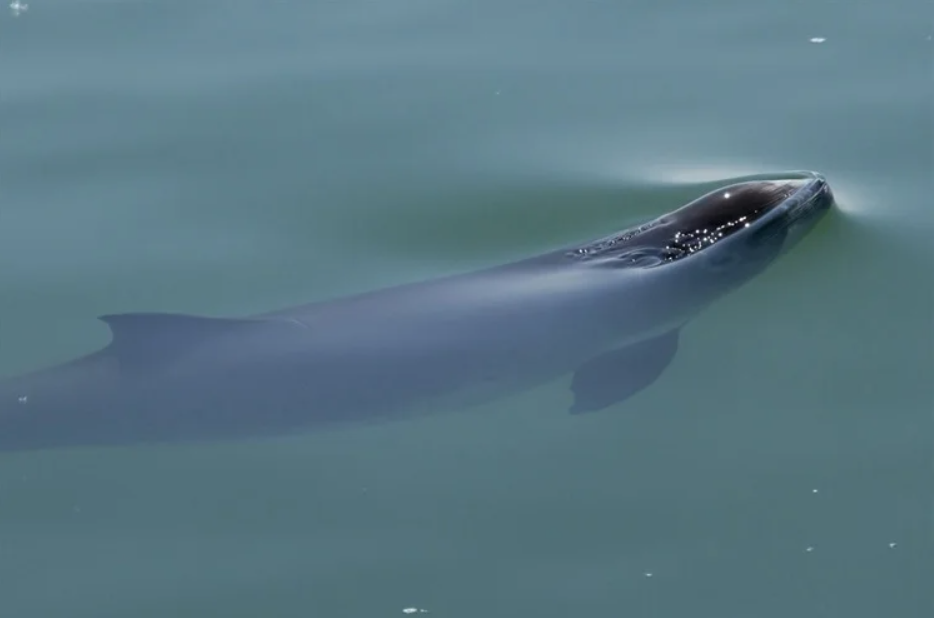H5N1 in stranded harbor porpoise 2023
In a recent study published in the journal Emerging Infectious Diseases by the United States (U.S.) Centers for Disease Control and Prevention (CDC), Swedish researchers described the detection of the hemagglutinin type 5 and neuraminidase type 1 (H5N1) avian influenza virus in a beached harbor porpoise, indicating the potential spread of this highly pathogenic avian influenza virus into cetacean species.
Background

Recently, the highly virulent H5N1 avian influenza virus has been linked to a significant number of bird mortality in Europe and North America. This H5N1 virus is thought to have infected around 112 species, including a significant number of marine birds. From December 2021, according to studies, H5N1 infections have been frequent in wild bird species in Europe, and there is evidence of viral transmission to mammalian species such as mustelids and red foxes.
About the research
In the present investigation, the researchers described a stranded male P. phocoena off the west coast of Sweden that appeared ill and was incapable of righting itself while swimming in circles. Sadly, the seal died shortly after becoming stranded, and necropsy was performed on the carcass.
In general, stranded porpoises are checked for neurotropic cetacean morbilliviruses and influenza A virus, which can manifest in other species. The spleen, lung, and brain tissues were tested using real-time reverse-transcriptase polymerase chain reaction for cetacean morbillivirus (rRT-PCR). Moreover, samples of bronchial and pulmonary swabs were tested for influenza A viral genome.
Following discovery of the influenza A virus in the swab samples, the viral loads of further organs were evaluated. In addition, immunohistochemical examination utilizing a commercially available primary monoclonal antibody against the influenza A nucleoprotein was done to determine the distribution of the viral antigen and its correlation with clinical abnormalities.
Results
The necropsy revealed no noteworthy macroscopic abnormalities, with the exception of pulmonary edema, which was caused by drowning. In the brain, however, microscopic evidence of lymphoplasmacytic meningoencephalitis was discovered, including gliosis, necrosis, vasculitis, and perivascular cuffing. In addition, the lung tissue revealed a greater number of alveolar macrophages and indications of septal thickening in mononuclear cells.
While the rRT-PCR could not find any cetacean morbilliviral ribonucleic acid (RNA), the swab samples did contain the H5N1 highly pathogenic avian influenza virus subtyped influenza A viral genome. Elevated viral loads were also found in the brain, lungs, kidney, liver, and spleen, in that order. The virus was completely absent from the blubber, muscles, and intestines.
In the cytoplasm and nuclei of neurons, choroid plexus epithelial cells, and glial cells, the immunohistochemical investigation revealed modest levels of immunolabeling. In the cytoplasm and nuclei of dispersed alveolar cells, such as sloughed epithelial cells and macrophages, lower antigen levels were found. Other tissues were not found to have viral antigen.
Conclusions
The investigation found the highly pathogenic H5N1 avian influenza virus in a beached harbor seal in Sweden. It was determined through necropsy that lymphoplasmacytic meningoencephalitis was the most likely cause of the aberrant behavior and drowning. High viral loads of H5N1 were found in the brain and lungs using genomic and immunohistochemical investigations. Overall, our results indicate the increased danger of H5N1 spillover to mammalian species and the need for enhanced animal health surveillance and intervention tactics.


